micro:bit

micro:bit is an educational board with on-board LEDs and sensors, plus it has edge pads allowing it to plug into accessories.
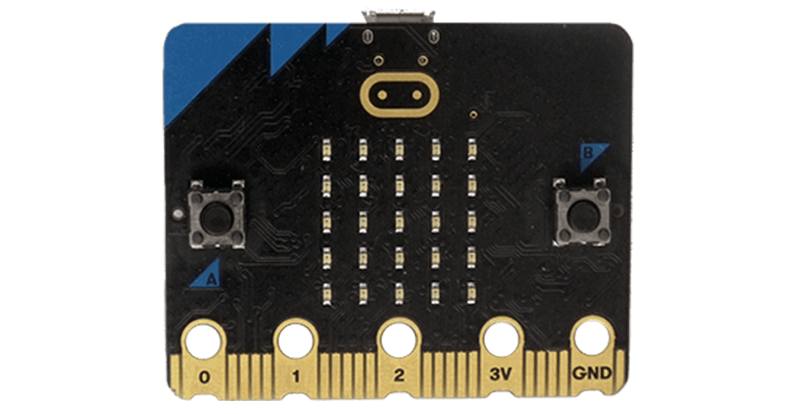
Some of those pads have holes, supporting alligator clips.
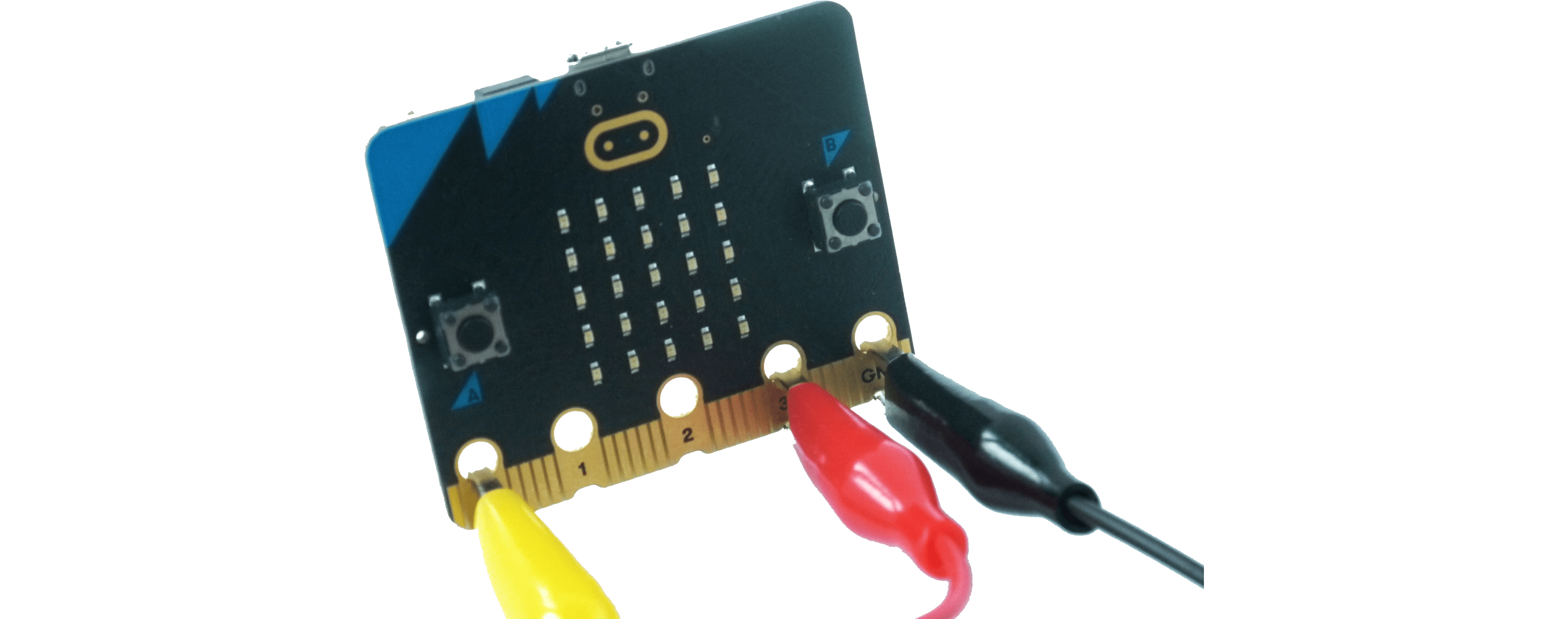
Alternatives
If you enjoy the edge connector and alligator clips, DUELink offers bit-compatible boards, such as the ultra-low-cost CincoBit and also PixoBit that includes a display.
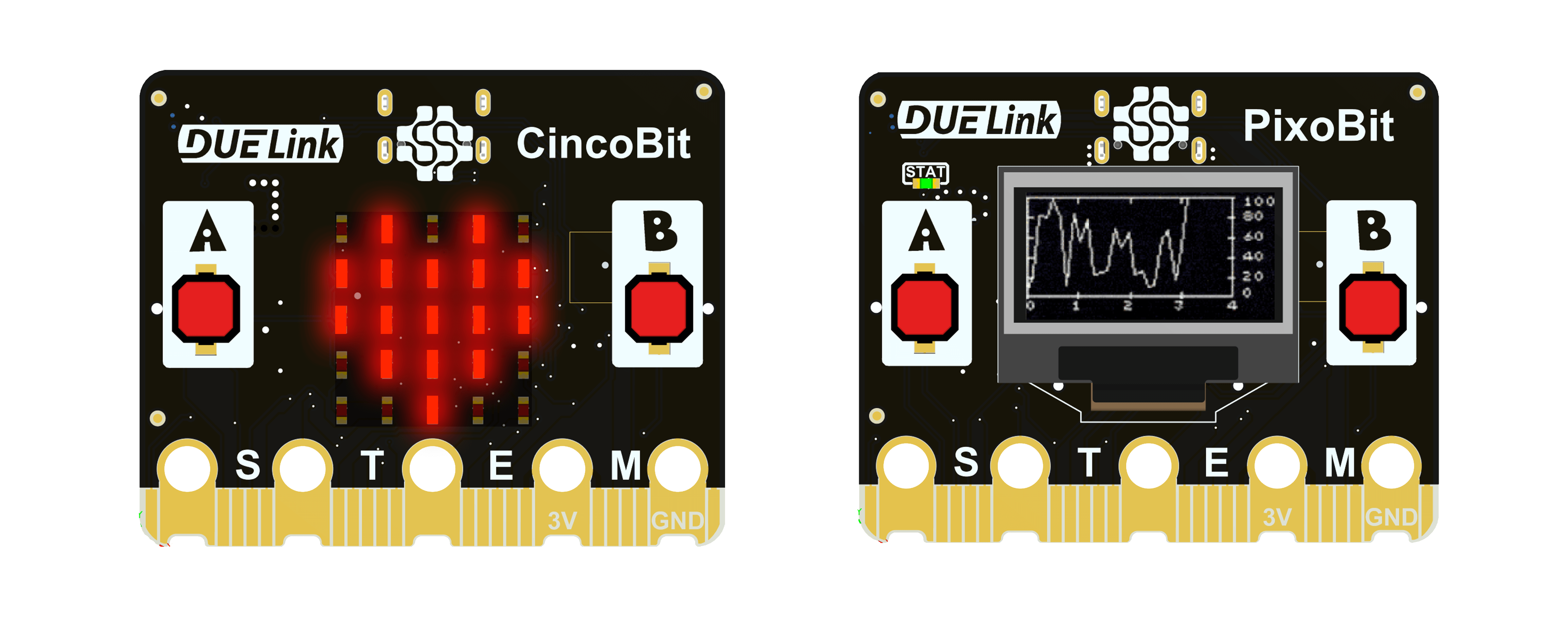
The DUELink CincoBit and PixoBit work like all other DUELink modules, through DUELink Scripting Engine or the Arduino IDE, among other Hosted Language options. These microcomputers can be used with micro:bit accessories, like in this robot!
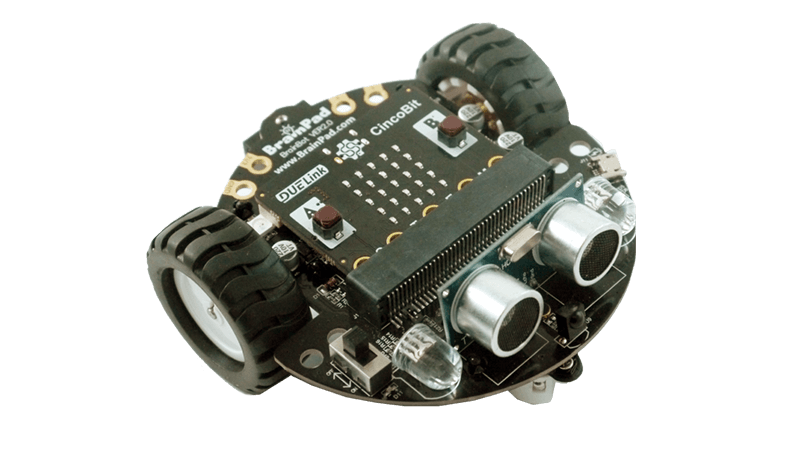
micro:bit with DUELink Modules
To connect micro:bit to one of the many DUElink modules, you can use an accessory with a JST connector such as Sparkfun Qwiic micro:bit Breakout
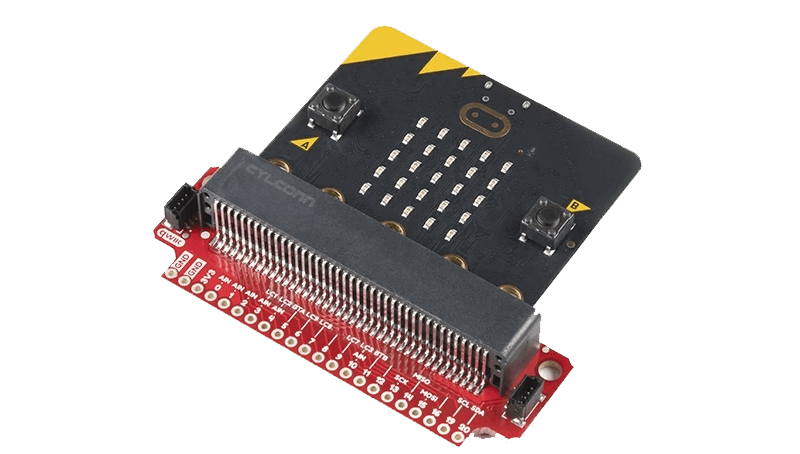
One of the two JST sockets becomes a Downstream bringing you hundreds of DUELink module options, that connect in a Daisylink.

Software options
There are multiple options to program micro:bit to use DUELink modules. We are only going to list the ones we have tested.
MakeCode
Microsoft MakeCode is the most used interface with micro:bit. It is block-based, making it an easy choice for beginners and young learners.
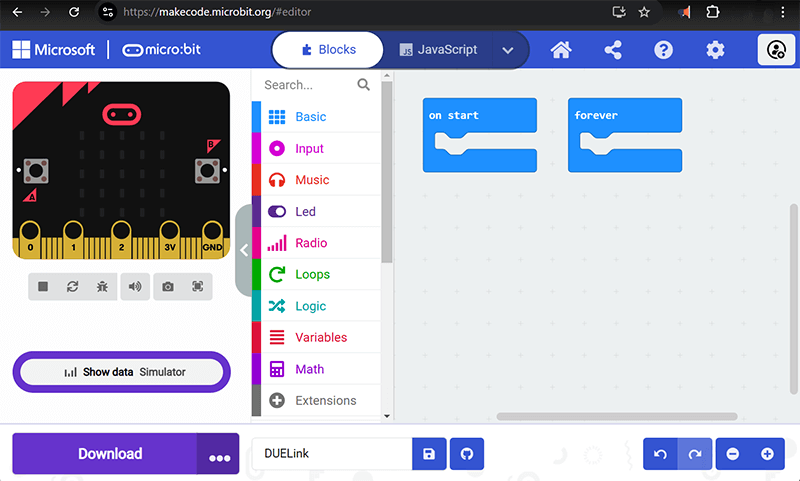
Our MakeCode page has everything you need.
MicroPython
This is one of the well supported options with DUELink.
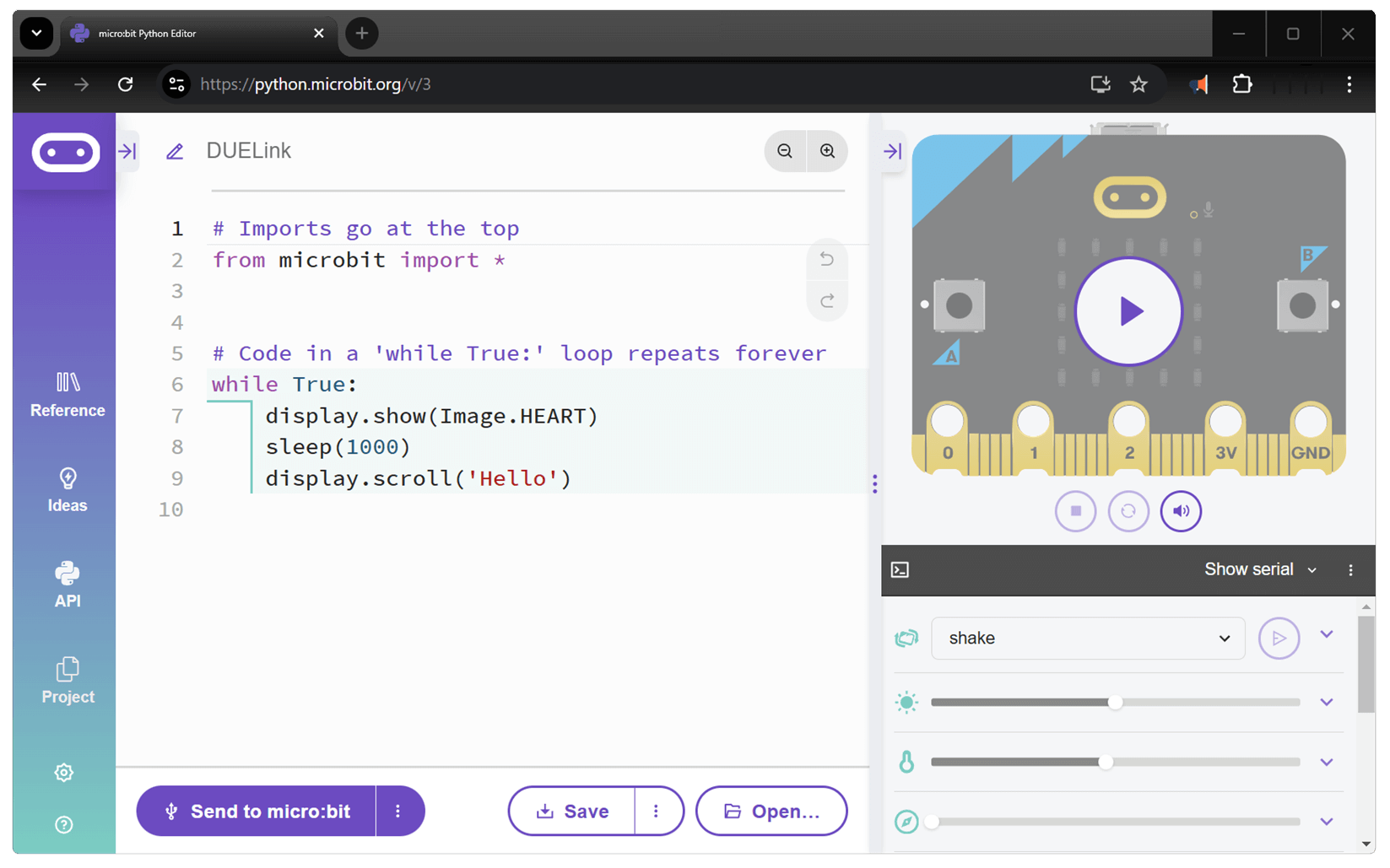
learn more about DUELink's MicroPython language support.
MicroBlocks
This is a great option to program micro:bit using blocks.
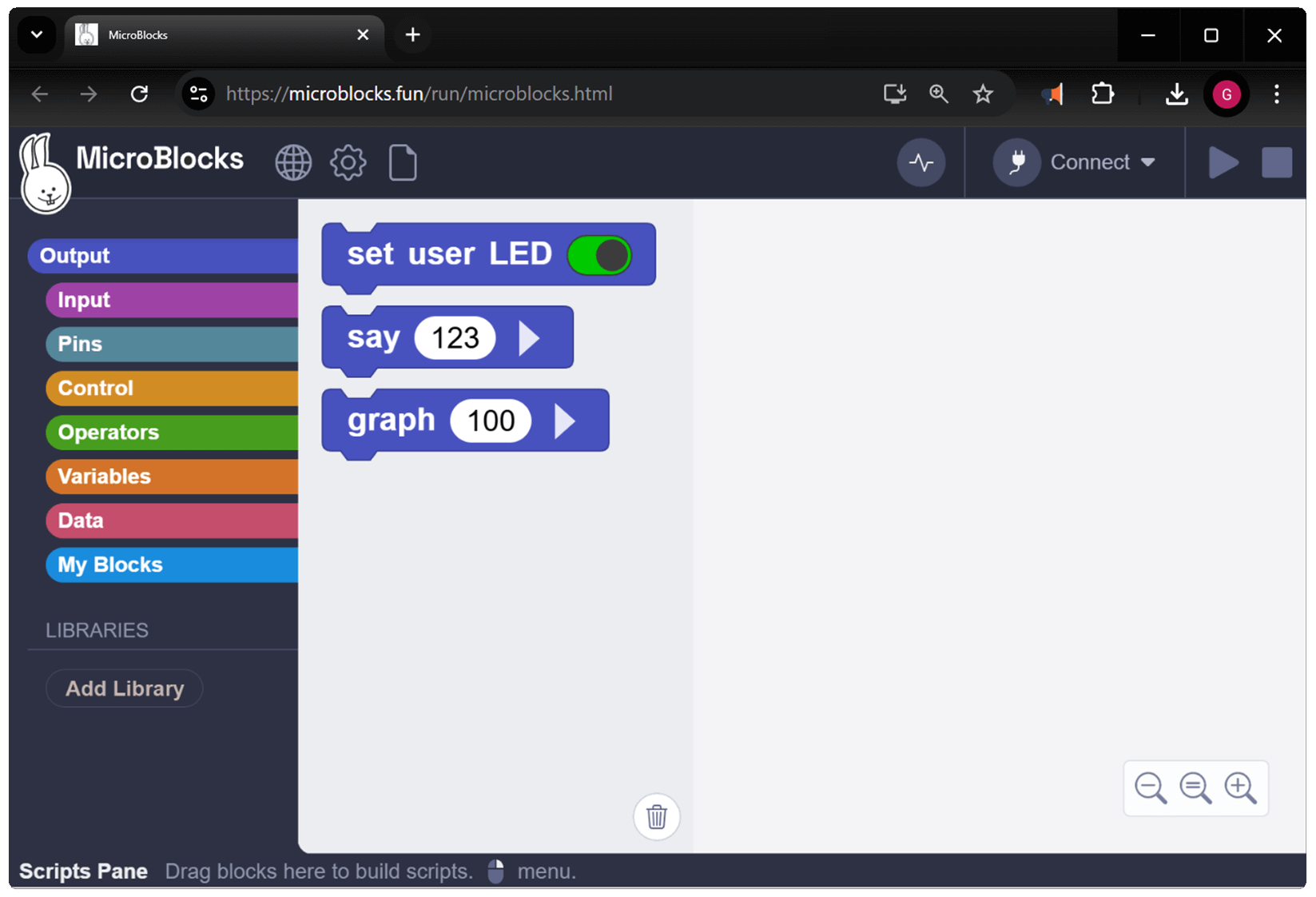
The MicroBlocks language page will show you how!